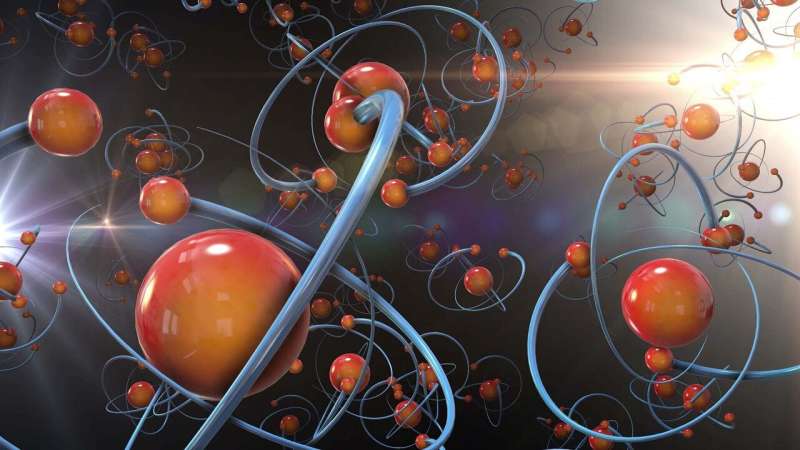Write4U
Valued Senior Member
And that is to my discredit?I figured. You're pretty blind to that sort of thing.
What an odd observation. And what are those tactics. Persuasive arguments?Well, to your credit, you are not trying to bilk anyone out of anything, as those two were trying to do. You just use the same tactics they do.
Instead of muckraking and trying make me out as a bad guy, why don't you give some of my links a try and see if am trying to con people into false and deceptive ideas or if I am trying to inform people of new and exciting developments in the nano sciences.





